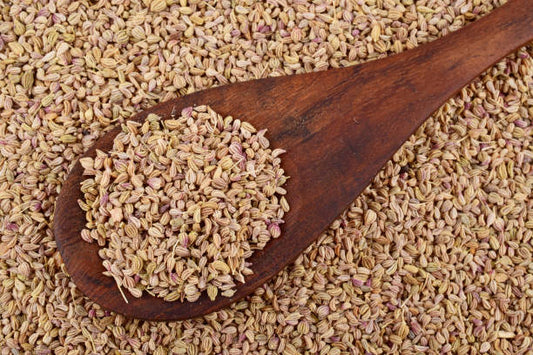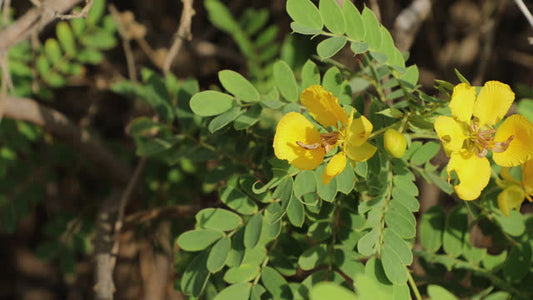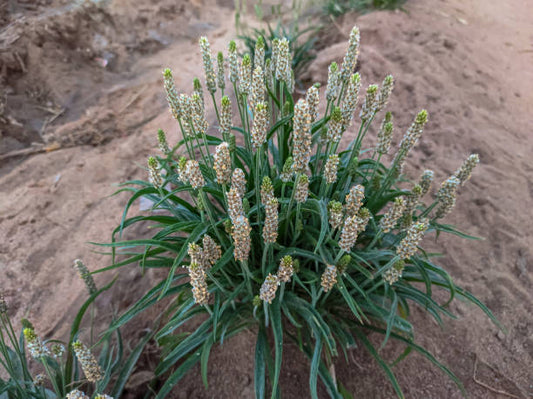In the diverse tapestry of flora that graces our planet, the Saptaparna tree stands as a remarkable example of nature's beauty and significance. With deep-rooted cultural connections and a range of practical uses, the Saptaparna tree has captured human attention for centuries. In this blog, we'll uncover the wonders of the Saptaparna tree, its cultural importance, and the versatile benefits it offers.
Unveiling the Saptaparna Tree:
The Saptaparna tree, also known as the White Cheesewood or Alstonia scholaris, is a remarkable species that holds a special place in various cultures and traditions.
Culture and Saptaparn:
The Saptaparna tree has woven itself into cultural narratives across different regions:
- Spiritual Symbolism: In some cultures, the tree is considered sacred and is associated with spiritual and religious practices.
- Medicinal Heritage: Saptaparna has been used in traditional medicine systems for its potential health benefits.
- Folklore and Traditions: Folktales and traditions often feature the Saptaparna tree, adding depth to cultural heritage.
Practical Uses:
The Saptaparna tree's practical uses span multiple domains:
- Traditional Medicine: Various parts of the tree, including bark and leaves, are used in traditional remedies to address health issues.
- Timber and Crafts: The wood of the tree is used for making furniture, handicrafts, and even musical instruments.
- Bioactivities: Certain compounds found in the Saptaparna tree have been studied for their potential therapeutic properties.
Environmental and Aesthetic Contributions:
Beyond its cultural and practical significance, the Saptaparna tree also contributes to the environment:
- Aesthetic Beauty: With its evergreen leaves and fragrant flowers, the tree enhances the aesthetic appeal of its surroundings.
- Ecological Role: Saptaparna serves as a habitat for various species, supporting biodiversity and ecological balance.
Preserving the Legacy:
As urbanization and modernization continue, efforts to conserve and protect the Saptaparna tree are crucial:
- Cultural Heritage: Protecting the tree helps preserve cultural narratives and traditions associated with it.
- Biodiversity: Saptaparna's contribution to biodiversity makes its conservation vital for a healthy ecosystem.
Possible side effects of Saptaparna
Here are the potential side effects of Saptaparna in bullet points:
- Digestive discomfort: Some people may experience stomach upset, nausea, or diarrhea.
- Allergic reactions: Allergies to Saptaparna could lead to skin rashes, itching, or swelling.
- Drowsiness: Saptaparna's sedative properties may cause drowsiness in some individuals.
- Medication interactions: Saptaparna could interact with medications affecting the nervous system.
- Pregnancy and breastfeeding: Its safety during these periods is uncertain, so caution is advised.
- Hypotension risk: Saptaparna might lower blood pressure, potentially causing dizziness.
Product that contains Saptaparna-
Conclusion
The Saptaparna tree transcends being merely a botanical entity; it embodies cultural connections, practical utility, and ecological significance. Its presence weaves through tales of the past and contributes to a sustainable future. As we explore the depths of nature's treasures, the Saptaparna tree stands as a reminder of the profound interplay between humans and the natural world. Whether through its role in traditional medicine, its contribution to cultural narratives, or its impact on the environment, the Saptaparna tree continues to enrich our lives in ways that are both tangible and deeply meaningful.
Author: Nikita Vishnoi BCA
Reviewed by: Dr. S Satsangi












